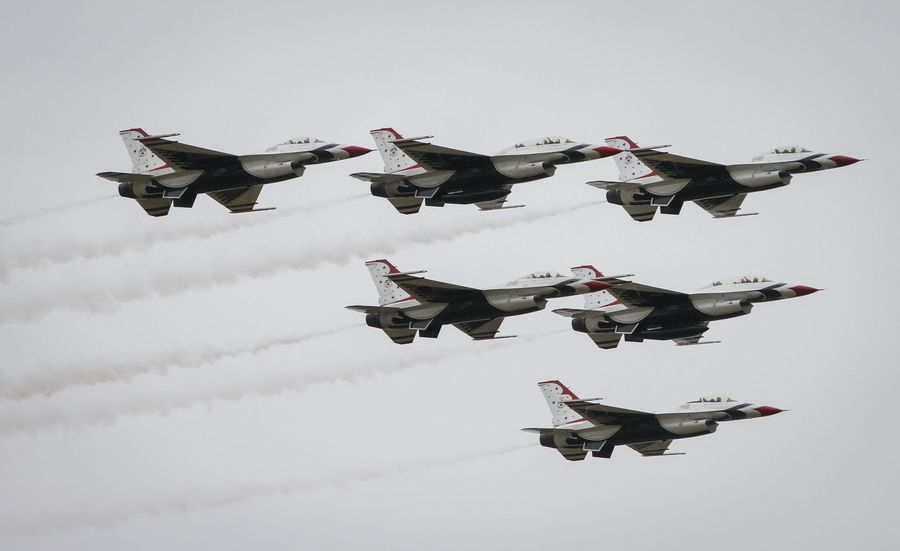
By Fang Xiaozhi
The US and Russia have recently played the game of military airplane interception at a high frequency, having nearly ten air encounters over the Black Sea, the Baltic Sea, the Barents Sea and the Okhotsk Sea in August alone. In particular, the US military successively sent RC-135 strategic reconnaissance planes to fly over the Baltic Sea on August 18 and 19 and conducted close-in reconnaissance on the Russian border. The Russian side responded firmly and resolutely against such provocations by dispatching warplanes to intercept and drive away US aircraft.
Military aircraft interception is a usual maneuver in the US-Russia tug-of-war in international airspace to deter and pressure each other, with their ever more poignant conflicts and more frequent and intense confrontations in military security field in recent years. America’s ramped-up military deployments in East Europe, the Black Sea, and the Baltic Sea and its regular dispatch of military vessels and aircraft to Russia’s doorstep have posed a considerable challenge to Russia’s national security.
Military aircraft encounters between the US and Russia become a normal state. Unlike before, the standoff and interception between American and Russian military aircraft are happening at a higher frequency and greater intensity with the airspace of encounters expanding from over the Black Sea to over the Baltic Sea, the Barents Sea, and other waters. The current relation between Russia and western countries including the US is tense. Washington, to consolidate its global hegemony and stabilize domestic politics, has kept hammering Moscow to squeeze its strategic development space, not to mention the rising call within the country to adopt hard-ball measures against Russia with the upcoming presidential election. Frequently dispatching military aircraft to make provocations has become the Trump administration’s protocol to showcase its tough stance against Russia and serve the domestic political needs, and also a tool for its political game at home.
It must be pointed out that despite the constant encounters and interception games between the two sides, armed conflict remains unlikely.
First of all, the two countries have established a highly operable mechanism to manage and control their military conflict risks. The game of military aircraft interception is generally well under political control.
Second, pilots on both sides are very familiar with this cat-and-mouse game and have exercised restraint in the process of tracking and anti-tracking, interception and anti-interception, knowing very well that both the “abnormal approaching” and “revelation of weapons” are just to flex muscles rather than engage in battle.
Moreover, the fact that the encounters between American and Russian military aircraft took place over the open sea leaves some leeway for both sides as they didn’t infringe upon each other’s sovereignty or territorial airspace. As a matter of fact, their frequent military aircraft interception is both a tactical and a psychological contest that reflects the strategic game and political struggle between the two countries.
As to future development, Washington and Moscow will continue to seek compromise in confrontation and friction owing to their multiple divergences in politics, security, economy, and international affairs. But severe consequences like armed conflict are not entirely out of the question if their game of military aircraft interception someday crosses the line.
(The author is from the College of International Studies of the National University of Defense Technology.)













